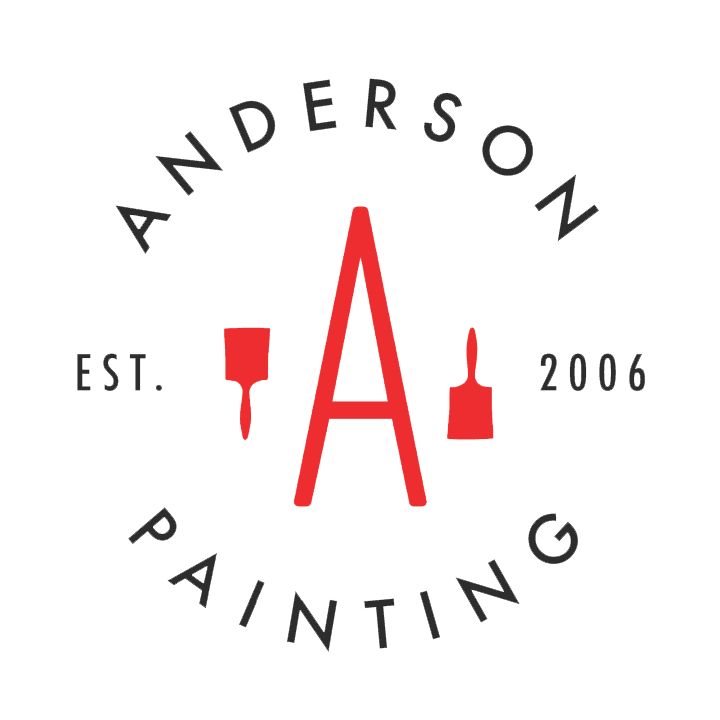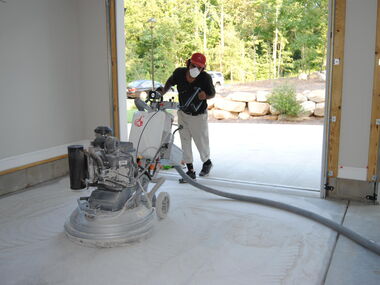What Are the Safest Paints for My Child's Nursery?

You want to do everything you can to keep your children safe -- and what safer haven is there than your child’s nursery? This is where your newborn will spend most of their time in the early stages of their life, so you’ll want to ensure that every aspect of their room is comfortable and safe. The paint you apply to your kid’s nursery can play a major role in these safety efforts. Indeed, while most modern paints are far less toxic than they once were, some paints are safer to be around than others. So, in addition to selecting the right interior paint colors for your child’s nursery, you must also carefully examine the paint’s composition. Let’s explore some of the safest paint options for nurseries so you can choose the best interior paint for your needs.
Best Paints for a Nursery
Avoid Volatile Organic Compounds
If there’s one feature to pay close attention to when comparing paint products, it’s volatile organic compounds (VOCs). VOCs are hazardous chemicals found in some paint products that are released in the air (often with an odor) in certain conditions. Formaldehyde and benzene are two common examples of VOCs. Generally speaking, these VOCs are most active and threatening during and shortly after the painting process. Still, VOCs can gradually release harmful emissions within a room over time. As it turns out, children are most vulnerable to the negative effects triggered by VOCs, including irritation of the eyes, throat, and nose, headaches, nausea, and damage to the nervous system, liver, and kidneys. With this in mind, avoiding paints with high concentrations of VOCs is crucial to keeping your baby safe and healthy in their nursery.
So, which kinds of paints should you look for? Unsurprisingly, you’ll want to look for products with minimal (if any) VOCs, and perhaps products made from fewer synthetic materials overall. Let’s break down these options in more detail.
Low-VOC Paints
As its name suggests, low-VOC paint contains a lower level of VOCs than average, but these products are not completely devoid of the compounds. Laws regarding VOC content in paint products vary from state to state and depend on the type and purpose of application. Details aside, low-VOC paints contain far fewer VOCs than the regulated maximum amount in a given situation and are therefore deemed safer for residential interior painting than their higher-VOC counterparts. That said, even low-VOC options might contain too much VOC content for your liking when painting your child’s nursery. If so, you might turn to the next option: zero-VOC paints.
Zero-VOC Paints
The title of these products can be a bit misleading, as even products labeled “zero-VOC” contain trace amounts of VOCs by necessity. Simply put, the solvents that allow for proper paint adherence and durability often contain VOCs. Zero-VOC paints often contain about 1/10th the amount of VOCs found in low-VOC paints, and the VOCs they do contain are those not included in the U.S. Clean Air Act. In other words, paints that claim to contain no VOCs really contain trace amounts of VOCs exempt from this U.S. regulation. Confusing as this may be, there’s no denying that zero-VOC products provide a safer interior painting alternative than low-VOC and higher-VOC alternatives.
Natural Paints
Finally, there’s the topic of “natural” paints, which are primarily made from materials found in nature such as milk, soy, citrus, minerals, plant pigments, and more. These non-toxic, organic options are appealing to many homeowners who are trying their best to protect their families and the environment. That said, natural paint products aren’t inherently safe -- if your child has certain allergies, the substances within a natural paint product may trigger a harsh immune response. Some natural paints provide a better, more durable finish than others, too, so it’s important to do your research before jumping on the first product you find.
The Verdict
So, what are the safest paints for your child’s nursery? In general, look for the least toxic options available, which include low-VOC, zero-VOC, and natural paints (those that contain the least fewest potential allergens). Also, keep in mind that even low- and zero-VOC paints can contain other hazardous materials like mildewcides -- the more you dig into a specific paint product and its composition, the better off you’ll be. And if you need assistance with nursery paint selection and/or interior paint ideas more broadly, the experts at Anderson Painting are here to help.
To learn more about us and all we do, call today at 919-610-1855 or email us at info@andersonpaintingnc.com!




